Unexpectedly, it’s a fact that you can’t pump your glutes solely with squats and deadlifts. In 2009, when trainer Bret Contreras first used electromyography during training to measure the activity of the muscles that are involved in the work, he came to unexpected conclusions. It turns out, according to the trainer, that the fitness world in general lacked an understanding of how to pump up the buttock muscles quickly and effectively.
During the experiment, participants performed various exercises with free weights, TRX-loops, espanders and special training machines. After several workouts, Contreras uploaded the main indicators of which muscles and how much were involved in certain exercises and compared them. The results were unpredictable.
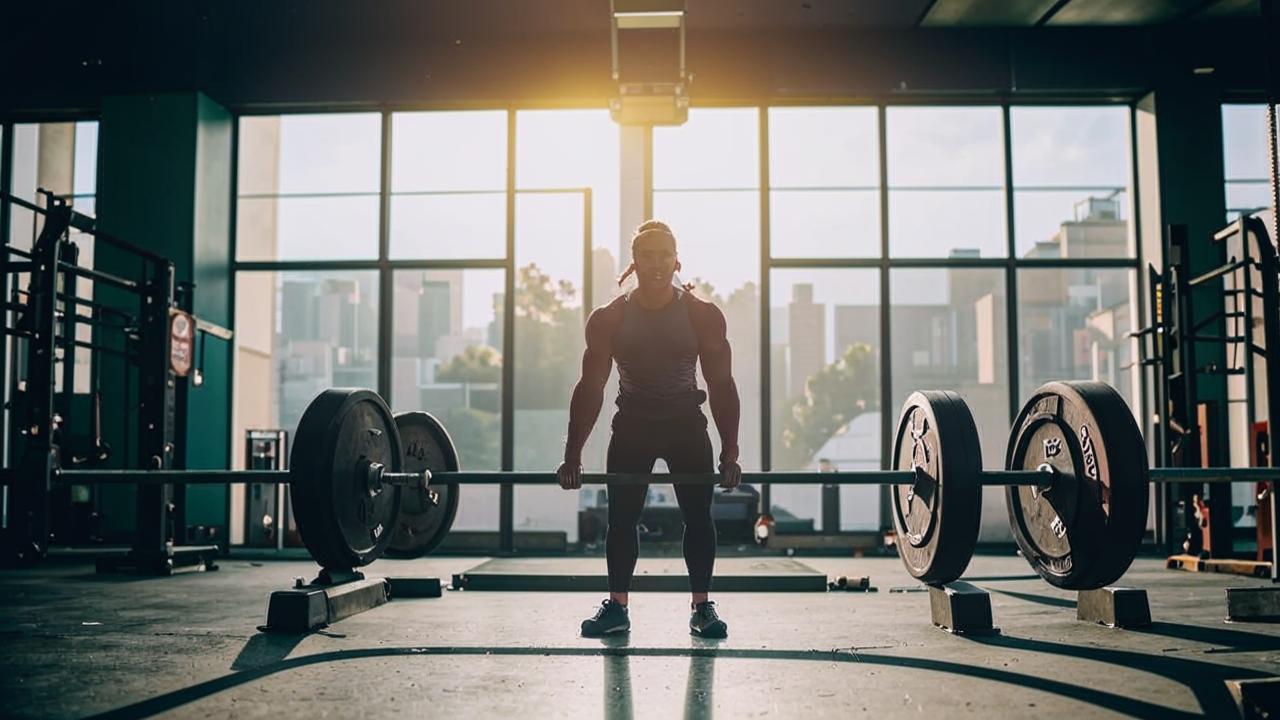
Why can’t standing pulls and classic squats pump the glutes quickly and effectively?
Standing pulls, lunges and squats are performed in an upright position, the movement itself is due to flexion and extension of the hip. However, the muscles of the buttocks are most involved in a completely different position – during the hip thrust back. All these exercises are performed in a vertical position and include hip flexion and extension.
The whole point is that hip extension is a natural human movement. It is present in our lives from birth on a regular basis: when walking or jogging.
Scientific approach: the effectiveness of exercises in numbers
Hip extension exercises also engage the gluteal muscles, but not completely. Let’s compare the involvement of the gluteal muscles during the exercises:
- during the deadlift, the gluteal muscles are activated by 52%;
- 45% during squatting;
- exercises based on hip thrusting backwards provide more than 100% activation of the gluteal muscles;
- hip raises provide 119% activation;
- 112% activation of the hips back on the knees;
- back bent leg raise, 111%.
Based on these discoveries, Contreras came up with an effective training plan for gluteal muscle pumping that consists of four phases. Here are just a few of the exercises he included in it. Performing the complex will take about 15-20 minutes a day. Do you agree that this is not so much to make your figure look perfect?
Contreras training plan
Kestus: do the exercises for 2-3 weeks in a row.
For best effect: do not stop doing squats, lunges and deadlifts. In combination, this will make the visual effect more noticeable much sooner. Do these classic exercises on leg days, and the Contreras complex for glute activation and development on other days.
Phase 1: Develop flexibility of the flexor muscles
Why. To fully activate your glutes, you need to open up your hips, and to do this, you need to develop flexibility in your hip flexors.
Eesmärk: stretch your hip flexor muscles.
How to do #1: Stay in this position for about a minute, then change your leg.
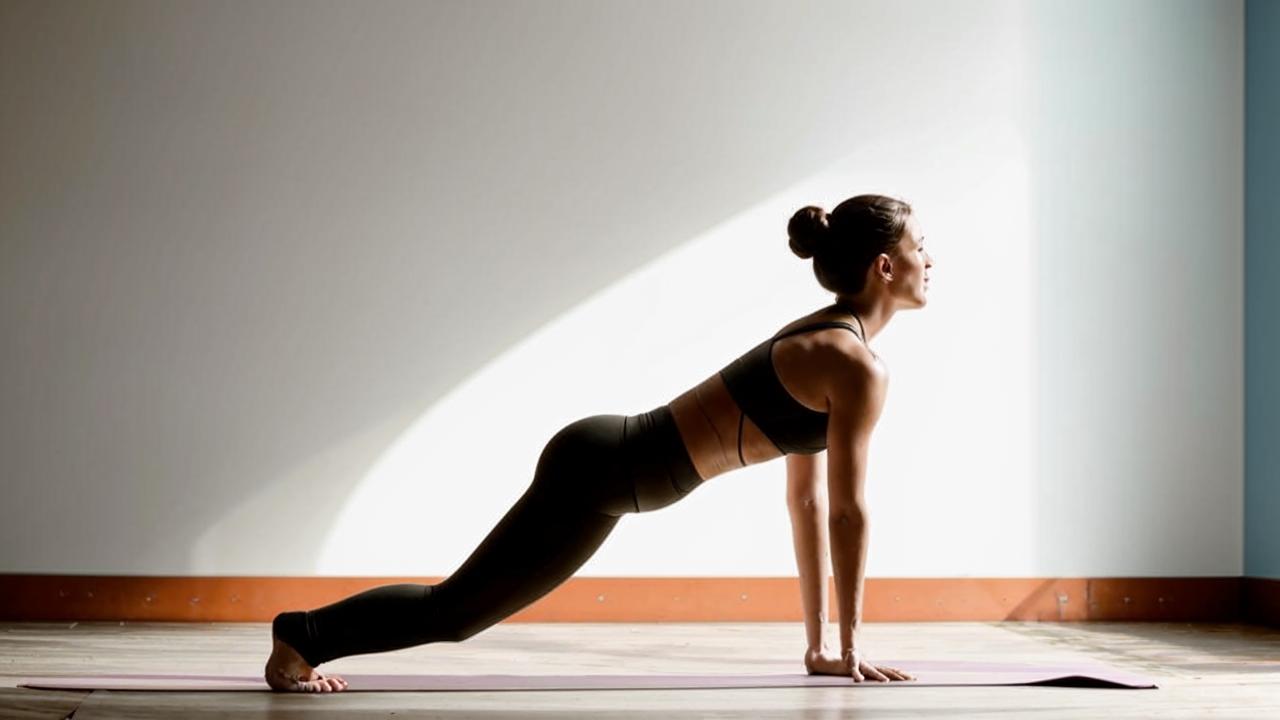
№1
How to perform #2: choose any exercise from the exercises below and perform two approaches of 10 static holds for 5 seconds each. Gluteal bridge can be performed in a simplified form, without special equipment (rubber bands).
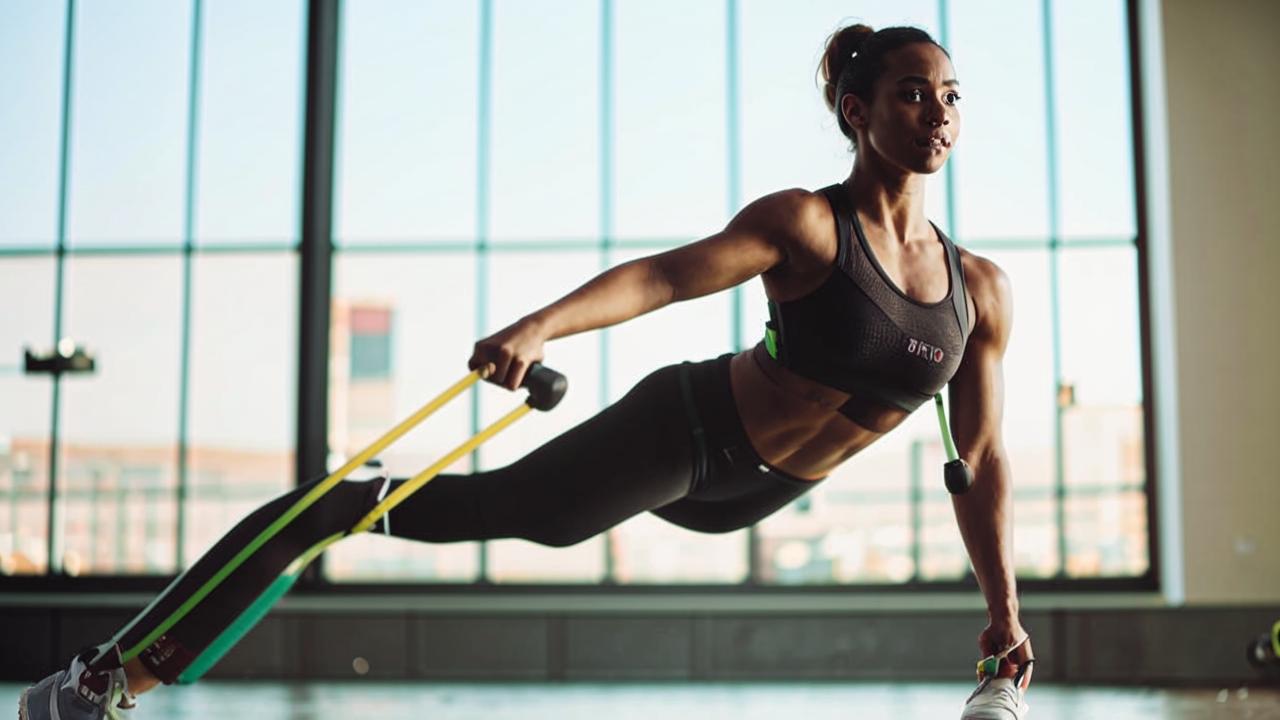
№2
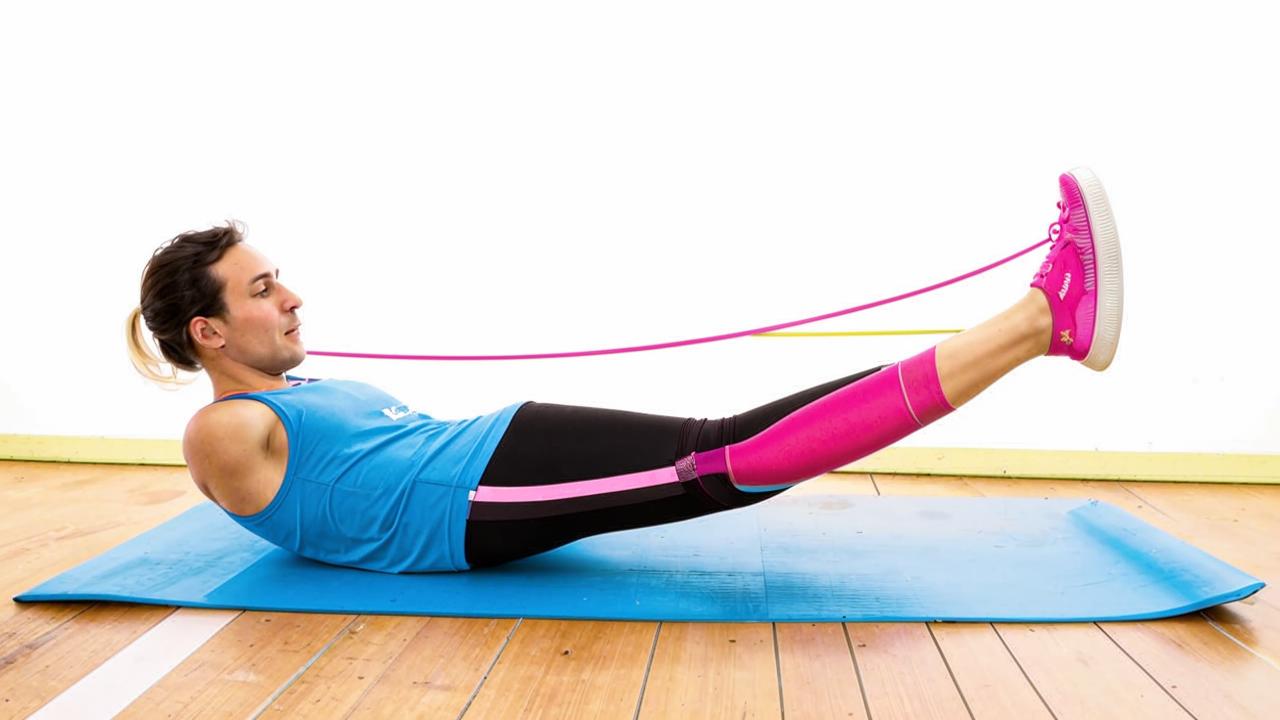
№2
Phase 2. Hypertrophy of gluteal muscles
Next, we move on to more dynamic exercises: leg back (photo #3) and hip extension to the side (video). They are necessary to pump more functional muscle mass.
How to perform #3, #4: do two approaches of 10-20 repetitions.
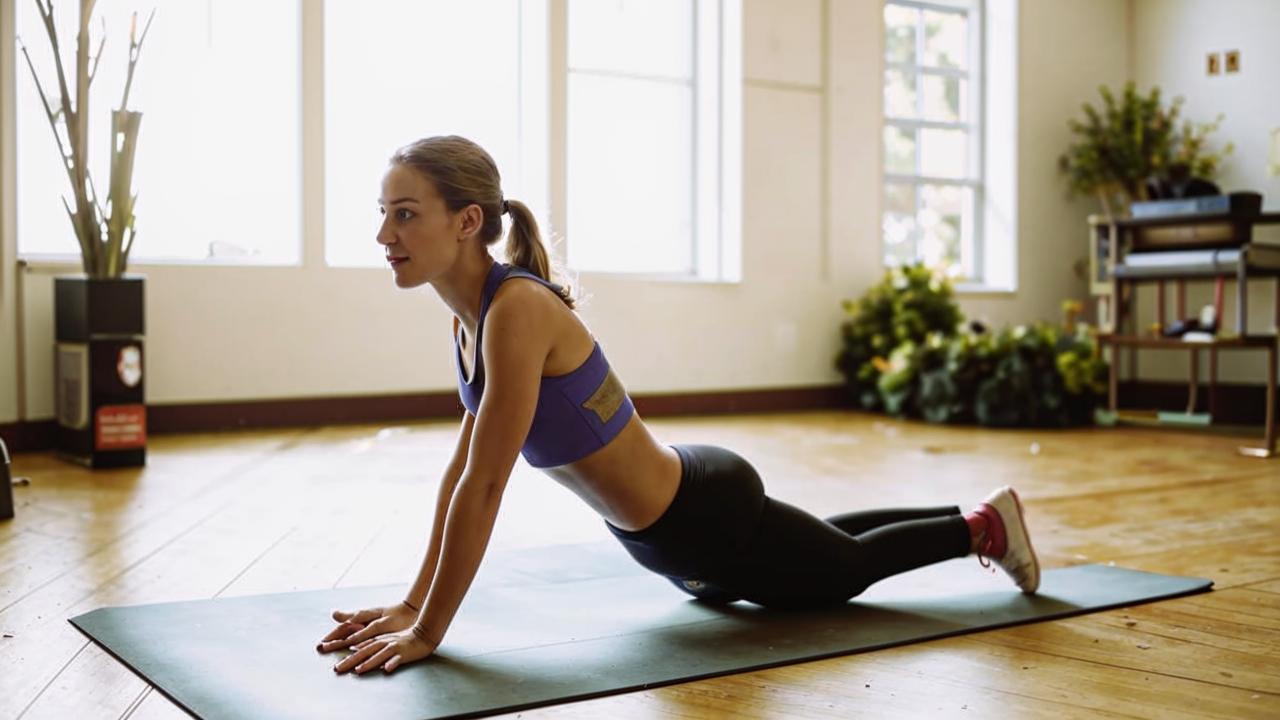
№3
Phase 3. Developing gluteal muscle strength
Continue pumping gluteal muscles with your own weight or using a special fitness resistance band.
Kuidas teha: do several approaches of any exercises from the video for five or six repetitions with a short rest (10 seconds).
Phase 4. Developing power and speed
Test the strength of the gluteal muscles and increase their capabilities with an intense phase of exercises.
Include at least 20 minutes of running warm-up in your training plan. Gradually increase your running speed at each workout. Take five days off between workouts.
| 1. päev | Four 100-meter sprints at 80% of maximum speed |
| 2. päev | Two 100-meter sprints at 90% of maximum speed |
| 3. päev | One 100-meter sprint at maximum speed |
| 4. päev | Maximum 100-meter sprint speed for the entire training period |
Once you have mastered the last phase of the training plan, you can vary the exercises from all parts of the program to your liking, based on your own sensations and physical abilities.






